The 1960s was a decade marked by significant societal shifts and cultural revolutions. Despite the progressive movements that started to take shape, women were still bound by a set of outdated expectations. These norms dictated their roles in both public and private spheres, often limiting their potential and freedom. From restrictive dress codes to imposed career limitations, women were expected to conform to a narrow set of standards. This era, while pivotal in breaking some of these chains, still held onto many traditional beliefs that would not hold up in today’s society. Let’s explore twelve expectations that women faced back then that simply wouldn’t be acceptable today.
Restrictive Dress Codes
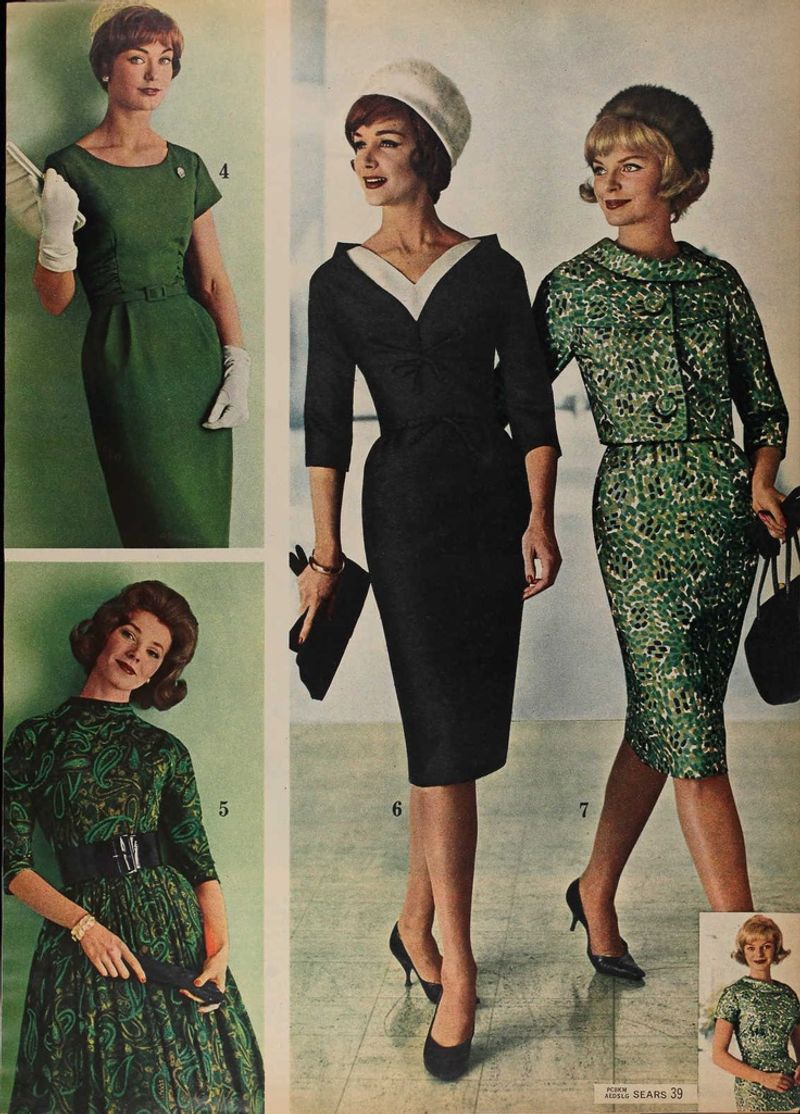
In the 1960s, women were expected to adhere to strict dress codes, especially in professional settings. Clothing was not just a matter of personal style but a reflection of societal expectations. Women were often required to wear dresses or skirts, and pantsuits were largely unacceptable in formal environments. This expectation was not only about appearance but also a reflection of the roles women were expected to play. The idea was to present a polished, feminine image that reinforced traditional gender roles. Today, such restrictive codes would be seen as a violation of personal freedom and gender equality.
Housewife Ideal
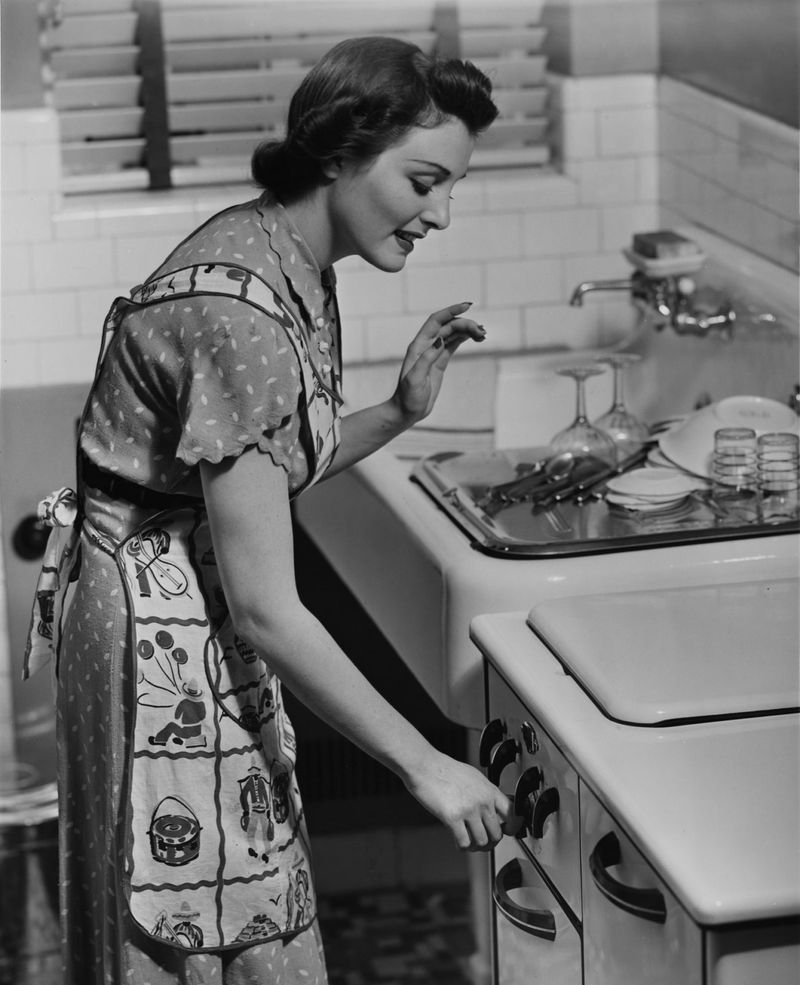
The archetype of the housewife was a prevalent expectation for women in the 1960s. Many women were expected to prioritize homemaking over personal ambitions. The domestic sphere was seen as their primary domain, and success was often measured by how well they managed the household. Cooking, cleaning, and child-rearing were seen as their ultimate responsibilities. Women who wished to pursue careers faced societal pressure to conform to this ideal. Today, the notion that a woman’s place is solely in the home is widely rejected, allowing for a more balanced view of gender roles in both domestic and professional settings.
Submissive Behavior
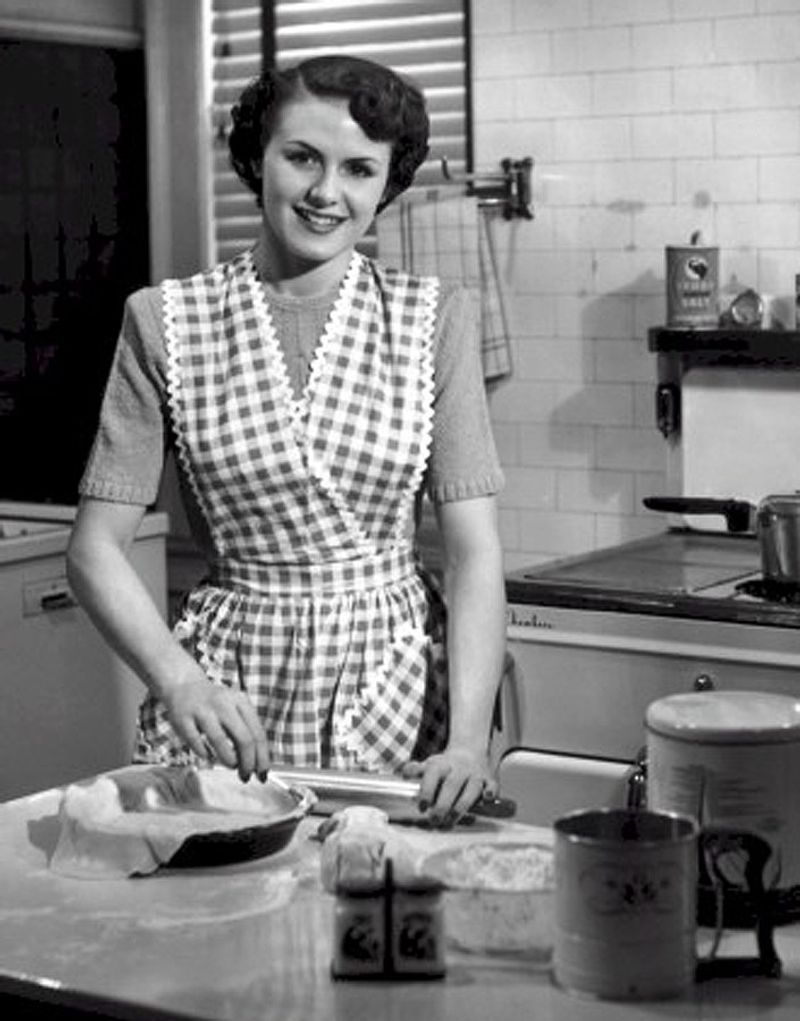
It was a common expectation for women to exhibit submissive behavior, especially within the household. While men were seen as the decision-makers, women were expected to be agreeable and compliant. This dynamic was reinforced by media portrayals and societal norms. Women’s voices were often marginalized, and their opinions undervalued. In today’s society, the emphasis is on equal partnership, where both voices are heard and respected. The shift towards recognizing women’s autonomy and strength has been significant, rendering such outdated expectations obsolete in modern relationships.
Limited Career Opportunities
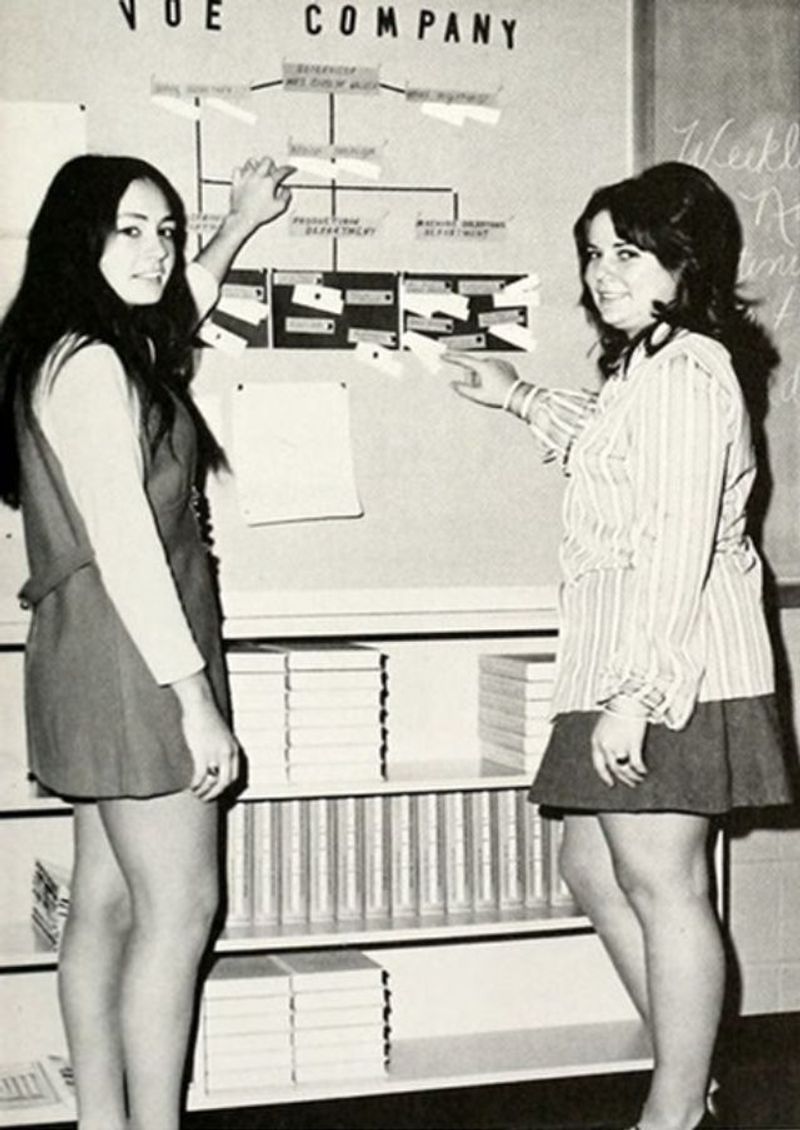
Career opportunities for women in the 1960s were severely limited. Many professions were dominated by men, and women were often relegated to roles such as secretaries or teachers. The glass ceiling was a formidable barrier, and ambitions beyond certain fields were often discouraged. Societal norms dictated that a woman’s primary role was in the home, which further restricted their career prospects. As a result, many women were unable to pursue their true passions or achieve their full potential. Today, efforts to achieve workplace equality have opened doors that were previously closed to women.
Marriage as a Priority
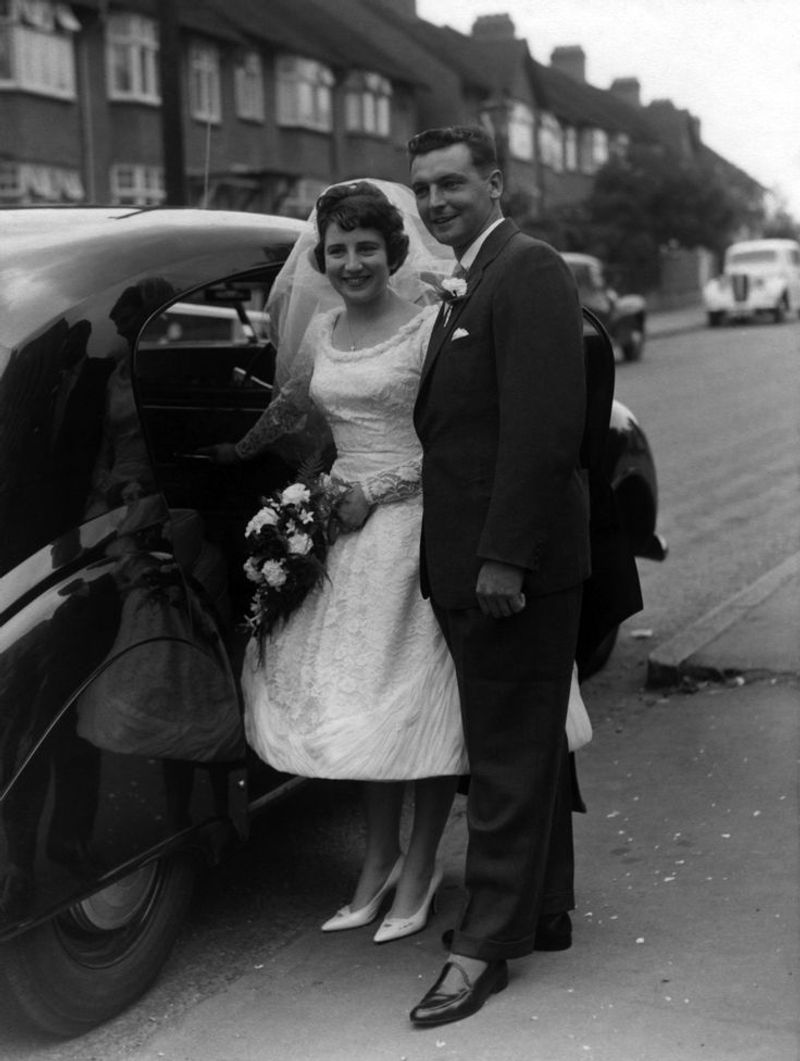
Marriage was often seen as a woman’s ultimate goal in the 1960s. Societal pressure dictated that securing a husband was a key measure of a woman’s success and happiness. Many women were encouraged to marry young and focus on building a family rather than pursuing education or career aspirations. This expectation limited women’s opportunities for personal growth and independence. Today, the idea that marriage should be a primary ambition for women is outdated, with many choosing to focus on their careers and personal development before settling down.
Stereotypical Gender Roles

The 1960s reinforced stereotypical gender roles, with women often depicted as homemakers and men as breadwinners. Advertisements and media played a significant role in perpetuating these roles, portraying women as primarily responsible for domestic tasks. This narrow view limited women’s potential and reinforced a patriarchal structure. The expectation was that women would naturally excel in roles related to caregiving and domestic management. Today’s society embraces a more fluid approach to gender roles, allowing individuals to pursue interests and careers beyond traditional boundaries.
Expected to Have Children
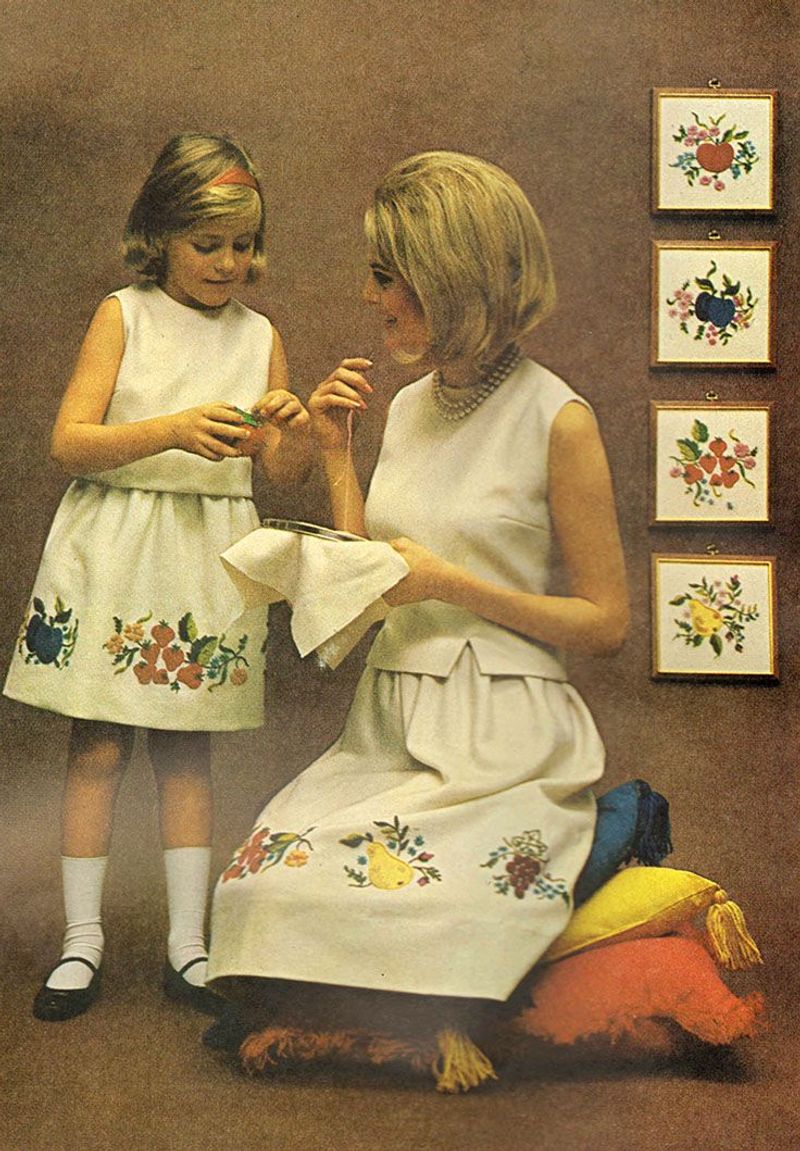
Motherhood was a significant expectation for women in the 1960s. Having children was seen as a natural and essential part of a woman’s life. Women without children often faced societal scrutiny, as motherhood was closely tied to female identity. The pressure to have children was immense, and alternatives like focusing on a career were not widely accepted. Today, women have more freedom to choose whether or not to have children, and the decision is respected as a personal choice rather than a societal obligation.
Beauty Standards

Beauty standards in the 1960s placed a heavy emphasis on grooming and appearance. Women were expected to maintain a polished look at all times, with an emphasis on hairstyles, makeup, and fashion. Beauty was often equated with success and acceptance in society. This pressure to conform to specific standards was pervasive, influencing how women perceived themselves and others. Today, beauty is seen as more subjective, and there’s a growing acceptance of diverse appearances. The idea that women must adhere to strict beauty standards to be valued is increasingly challenged.
Limited Educational Opportunities
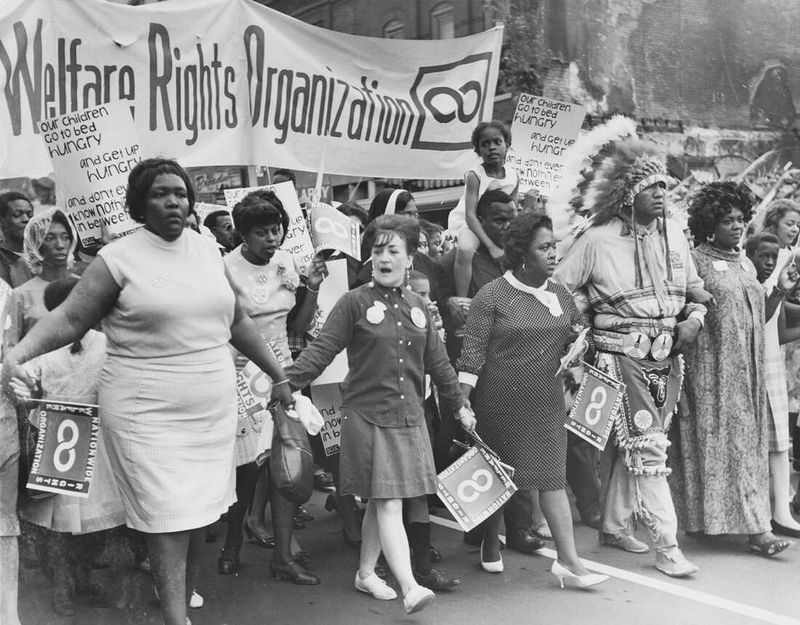
Educational opportunities for women in the 1960s were not as accessible as they are today. Many women were encouraged to pursue education only to a certain level, often focusing on subjects deemed appropriate for their gender. Higher education was not always considered a priority, and women pursuing advanced degrees faced societal and institutional barriers. The lack of support for women’s education limited their career prospects and personal growth. In contrast, today, women are actively encouraged to pursue education at all levels, leading to a more equitable academic environment.
Lack of Legal Rights
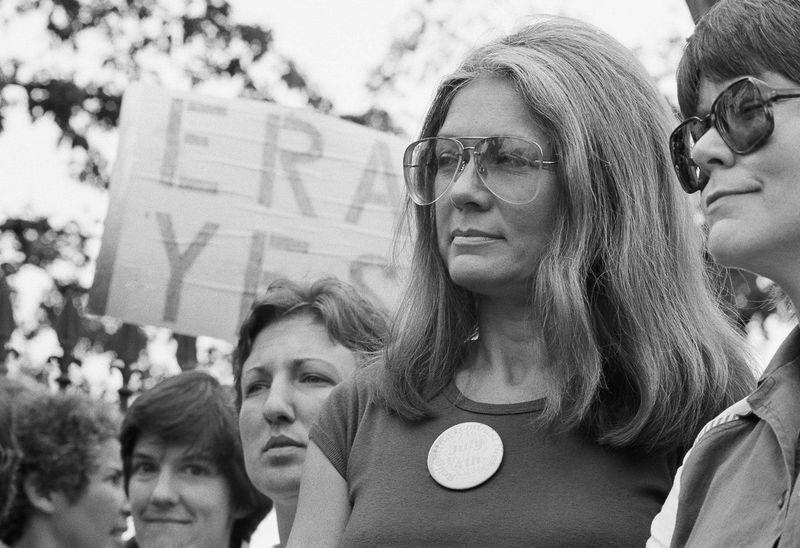
In the 1960s, women faced numerous legal restrictions that affected various aspects of their lives. They often lacked the same legal rights as men, particularly in areas like property ownership, employment, and family law. Women had limited access to credit and financial independence, often requiring a male cosigner for loans. These legal constraints reflected a broader societal view that women required male oversight. Today, significant strides have been made towards legal equality, with women enjoying the same rights and protections as men, empowering them to make independent choices.
Social Pressure to Conform
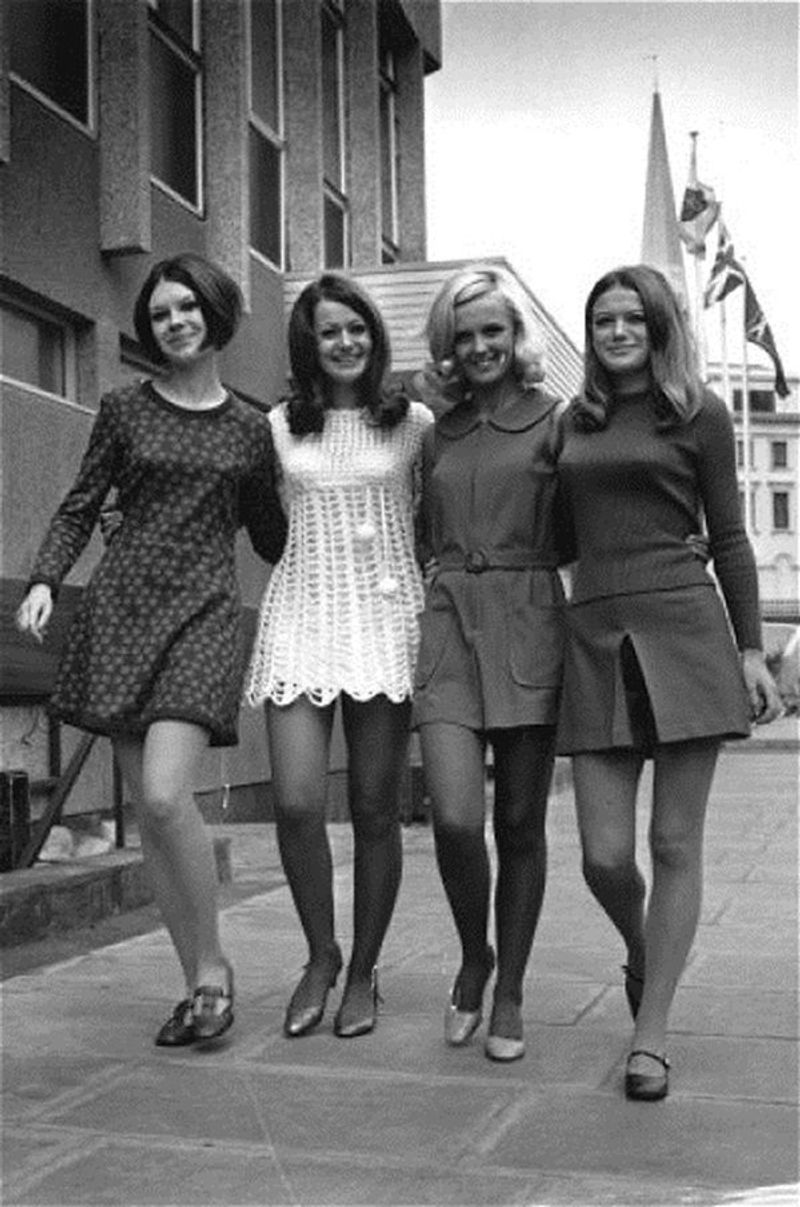
The 1960s was a decade marked by conformity, and women faced immense social pressure to fit in. Whether it was in fashion, behavior, or lifestyle choices, the expectation was to align with prevailing norms. This pressure stifled individuality and personal expression, as deviation from the norm was often met with criticism or ostracism. The desire to be accepted and avoid social scrutiny led many women to suppress their true selves. Today, individuality and diversity are celebrated, with society encouraging people to express their unique identities rather than conforming to a standard mold.
Dependency on Men
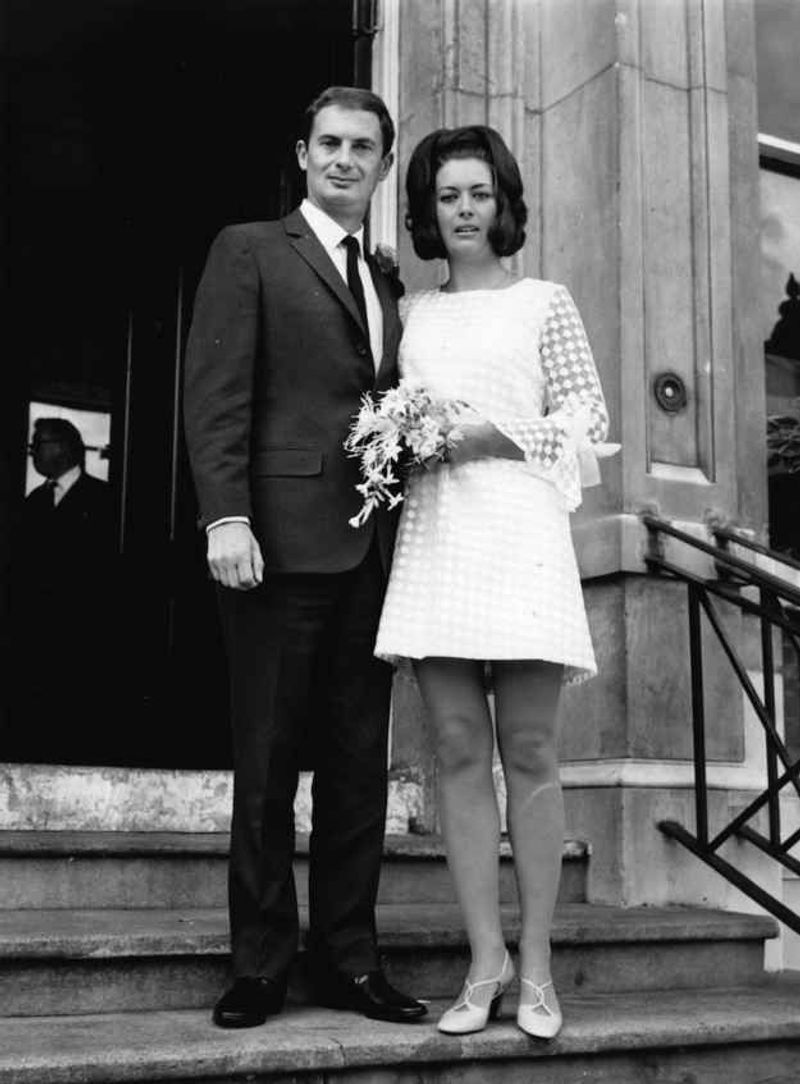
Women in the 1960s were often expected to be dependent on men for financial and emotional support. This dependency was ingrained in societal norms, where men were seen as providers and women as dependents. Financial independence was not widely accessible to women, and many relied on their husbands for security. This dynamic limited women’s autonomy and reinforced a patriarchal structure. In contemporary society, the expectation of dependency has shifted, with women increasingly achieving financial and personal independence, allowing for more balanced and equal relationships.

Comments
Loading…